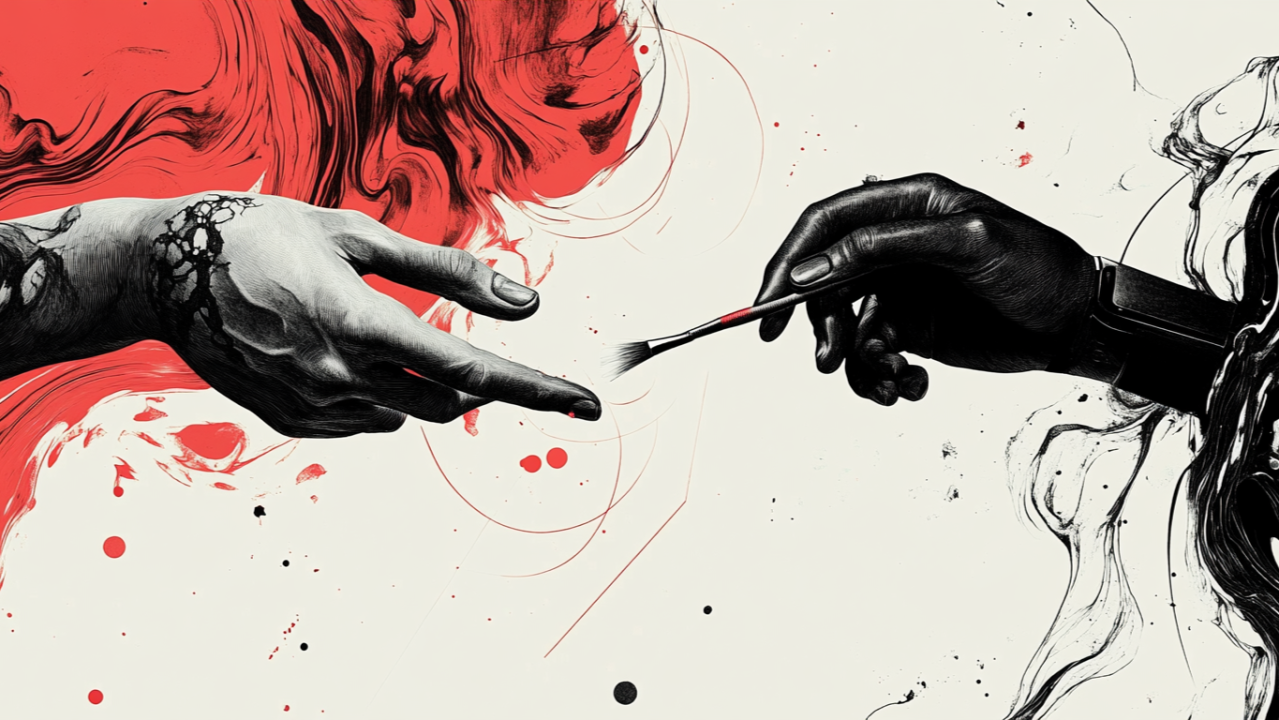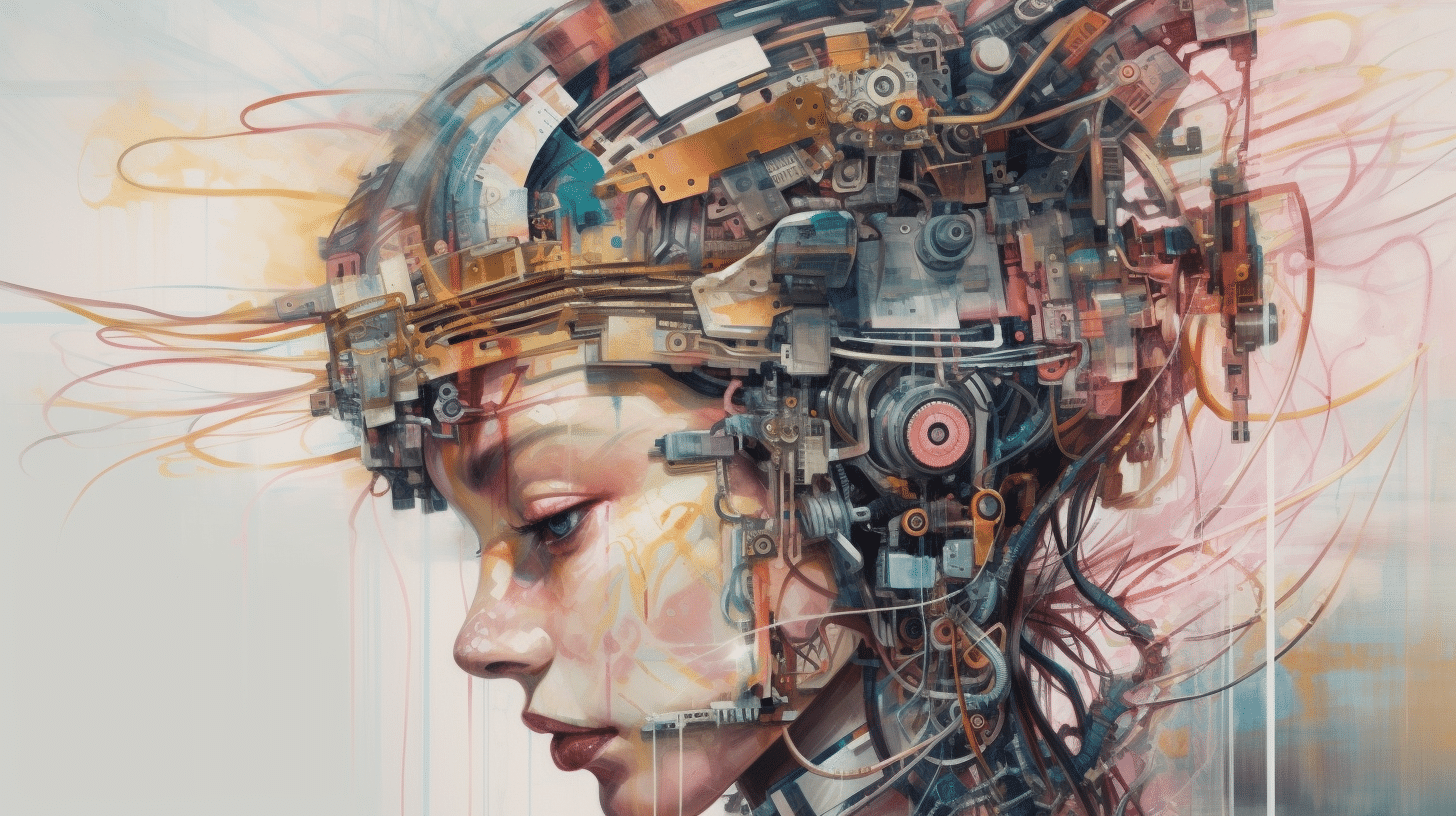The Rise of AI-Generated Art: Creative Revolution or Ethical Minefield?

Art has always been a reflection of humanity — its emotions, experiences, and imagination. But what happens when the artist isn’t human? In recent years, the world has witnessed the explosive growth of AI-generated art, where algorithms produce breathtaking images, intricate music, and compelling stories. Tools like Midjourney, DALL·E, Stable Diffusion, and even text-to-video generators are not just novelties; they are fundamentally transforming the creative landscape.
But this transformation is not without controversy. Is AI art a new form of creative expression or an ethical dilemma wrapped in machine code? As we stand at the crossroads of technology and creativity, we must ask: are we witnessing a revolution — or a reckoning?
The Technology Behind AI Art: How Machines Learn to Create
Before diving into the ethical and philosophical questions, it’s important to understand how AI-generated art works. Most AI art tools use a subset of machine learning called generative models — particularly generative adversarial networks (GANs) and diffusion models.
Here’s a simple breakdown:
-
GANs involve two neural networks: a generator (which creates images) and a discriminator (which evaluates them). Over time, they “compete,” improving until the results are indistinguishable from human-created content.
-
Diffusion models, like DALL·E 2 and Stable Diffusion, start with visual “noise” and iteratively refine it into coherent images based on text prompts. These models are trained on massive datasets of image-caption pairs scraped from the internet.
By feeding these systems millions (or billions) of images, the models “learn” patterns in composition, style, structure, and aesthetics — and use that learning to generate new content.
Why AI Art Is a Creative Game-Changer
AI-generated art is not just a gimmick — it’s unlocking new creative potential across industries.
1. Accessibility and Democratization
AI art tools lower the barrier to entry. You don’t need formal training or expensive software to create professional-looking visuals. Anyone with an idea and a keyboard can generate artwork in seconds.
This democratization echoes past tech revolutions — like desktop publishing in the 1980s or digital photography in the 2000s — that made previously exclusive art forms accessible to the masses.
2. Speed and Scale
In advertising, gaming, and film, concept art can take days or weeks to develop. With AI, iterations happen in minutes. This speed allows for rapid prototyping and more creative experimentation.
3. Collaboration, Not Replacement
Some artists are using AI as a collaborator, not a competitor. A designer might use Midjourney to generate initial concepts, then refine the final product manually. Writers might use GPT-4 to brainstorm character designs or story arcs. In this hybrid workflow, the human remains the creative director — the AI is just another tool.
But at What Cost? The Ethical and Legal Minefield
Despite the possibilities, AI-generated art has sparked intense ethical debates — particularly around authorship, intellectual property, labor, and the future of human creativity.
1. Who Owns the Art?
If a machine creates an image, who holds the copyright? The user who typed the prompt? The developers of the AI? Or no one at all?
Most countries currently don’t allow copyright protection for works not created by humans. Some platforms (like OpenAI’s DALL·E) grant full commercial rights to users, while others impose restrictions. But legal frameworks are struggling to keep pace.
2. Training on Human Art: Consent and Compensation
One of the most contentious issues is that many AI art tools were trained on images scraped from the internet — often without the consent of the original artists.
This raises serious questions:
-
Should artists be compensated when their work is used to train an AI?
-
Can AI art ever be considered “original” if it’s mimicking styles of real human creators?
Several lawsuits have been filed over this, including one high-profile case against Stability AI and DeviantArt for allegedly violating artists’ rights. Meanwhile, some platforms are now allowing creators to opt out of training datasets — a small step toward fairness, but far from universal.
3. Job Displacement and Devaluation
As AI tools become more sophisticated, there is growing concern that artists, illustrators, and designers may be replaced — especially in commercial industries where speed and cost matter more than originality.
For example:
-
Concept artists in gaming studios are seeing fewer freelance opportunities.
-
Stock photography companies are flooded with AI-generated images.
-
Small businesses are turning to AI tools instead of hiring graphic designers.
While some argue that AI will create new kinds of creative jobs, others worry it will devalue the craft of human art.

Art, Originality, and Meaning: What Makes Something “Creative”?
There’s a deeper philosophical layer to this debate: can machines truly be creative?
Critics argue that AI doesn’t “understand” art — it doesn’t feel, reflect, or intend. It simply processes statistical relationships. In this view, AI-generated images may be impressive, but they’re ultimately soulless imitations.
Supporters counter that creativity isn’t about emotion, but novel recombination of ideas — something AI does remarkably well. And if a viewer finds meaning or beauty in the result, does it matter whether the “artist” had feelings?
This tension isn’t new. In every era — from photography to Photoshop — new technologies have challenged our definition of art. AI is just the latest chapter.
The Future: Navigating the Gray Areas
We’re in the early days of this revolution, and the outcome is still uncertain. But several trends are emerging:
1. Hybrid Creation Models
Many believe the future lies in collaborative creativity — where humans and machines co-create. Artists will learn to use AI as an extension of their vision, much like digital tools today.
2. Ethical AI Development
There is growing pressure on AI companies to be more transparent about their training data and provide fair use options. Initiatives like the Content Authenticity Initiative aim to watermark and track AI-generated content, helping protect creators.
3. Legal Reform
Expect to see more copyright reforms and court cases shaping the legal definition of authorship in the age of AI. These decisions will influence how we credit, license, and protect digital work for years to come.
Conclusion: A Double-Edged Brushstroke
AI-generated art is neither wholly good nor wholly bad. It’s a powerful, disruptive force that challenges how we define creativity, value human effort, and engage with technology.
On one hand, it opens doors for millions to express themselves and create visual wonders they never thought possible. On the other, it risks commodifying and diluting a field that thrives on individual vision, emotion, and originality.
Whether AI art becomes a utopia of shared creativity or a dystopia of creative exploitation depends on how we — as artists, technologists, lawmakers, and consumers — choose to shape it.
In this brave new world of algorithms and aesthetics, one thing is certain: the future of art will never be the same.

